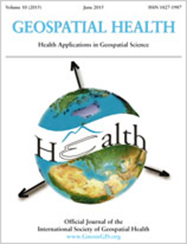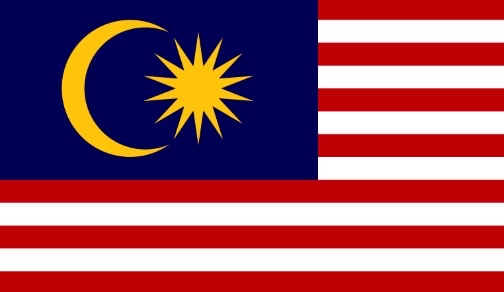The utility of Google Trends for epidemiological research: Lyme disease as an example
Published: 1 May 2010
Abstract Views: 9851
PDF: 3470
Publisher's note
All claims expressed in this article are solely those of the authors and do not necessarily represent those of their affiliated organizations, or those of the publisher, the editors and the reviewers. Any product that may be evaluated in this article or claim that may be made by its manufacturer is not guaranteed or endorsed by the publisher.
All claims expressed in this article are solely those of the authors and do not necessarily represent those of their affiliated organizations, or those of the publisher, the editors and the reviewers. Any product that may be evaluated in this article or claim that may be made by its manufacturer is not guaranteed or endorsed by the publisher.
Similar Articles
- Giuseppe Cringoli, Laura Rinaldi, Vincenzo Musella, Vincenzo Veneziano, Maria Paola Maurelli, Francesco Di Pietro, Michele Frisiello, Salvatore Di Pietro, Geo-referencing livestock farms as tool for studying cystic echinococcosis epidemiology in cattle and water buffaloes from southern Italy , Geospatial Health: Vol. 2 No. 1 (2007)
- Emanuela Dreassi, Corrado Lagazio, Milena M. Maule, Corrado Magnani, Annibale Biggeri, Sensitivity analysis of the relationship between disease occurrence and distance from a putative source of pollution , Geospatial Health: Vol. 2 No. 2 (2008)
- Kenneth J. Stein, Megan Waterman, Jefferson L. Waldon, The effects of vegetation density and habitat disturbance on the spatial distribution of ixodid ticks (Acari: Ixodidae) , Geospatial Health: Vol. 2 No. 2 (2008)
- Rebecca Click Lambert, Korine N. Kolivras, Lynn M. Resler, Carlyle C. Brewster, Sally L. Paulson, The potential for emergence of Chagas disease in the United States , Geospatial Health: Vol. 2 No. 2 (2008)
- Dolores Catelan, Annibale Biggeri, A statistical approach to rank multiple priorities in Environmental Epidemiology: an example from high-risk areas in Sardinia, Italy , Geospatial Health: Vol. 3 No. 1 (2008)
- Christopher Simoonga, Lawrence N. Kazembe, Thomas K. Kristensen, Annette Olsen, Chris C. Appleton, Patricia Mubita, Likezo Mubila, The epidemiology and small-scale spatial heterogeneity of urinary schistosomiasis in Lusaka province, Zambia , Geospatial Health: Vol. 3 No. 1 (2008)
- Fabienne Marechal, Nathalie Ribeiro, Murielle Lafaye, Antonio Güell, Satellite imaging and vector-borne diseases: the approach of the French National Space Agency (CNES) , Geospatial Health: Vol. 3 No. 1 (2008)
- Agustín Estrada-Peña, Diluting the dilution effect: a spatial Lyme model provides evidence for the importance of habitat fragmentation with regard to the risk of infection , Geospatial Health: Vol. 3 No. 2 (2009)
- Anna-Sofie Stensgaard, Christopher F.L. Saarnak, Jürg Utzinger, Penelope Vounatsou, Christopher Simoonga, Gabriel Mushinge, Carsten Rahbek, Flemming Møhlenberg, Thomas K. Kristensen, Virtual globes and geospatial health: the potential of new tools in the management and control of vector-borne diseases , Geospatial Health: Vol. 3 No. 2 (2009)
- Dolores Catelan, Annibale Biggeri, Multiple testing in disease mapping and descriptive epidemiology , Geospatial Health: Vol. 4 No. 2 (2010)
You may also start an advanced similarity search for this article.











